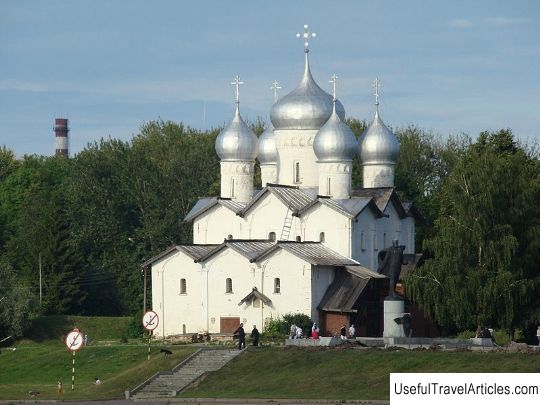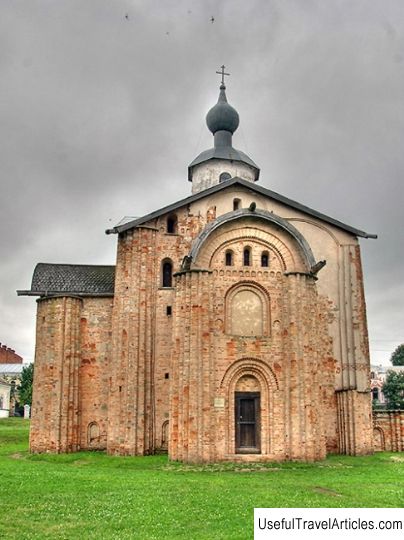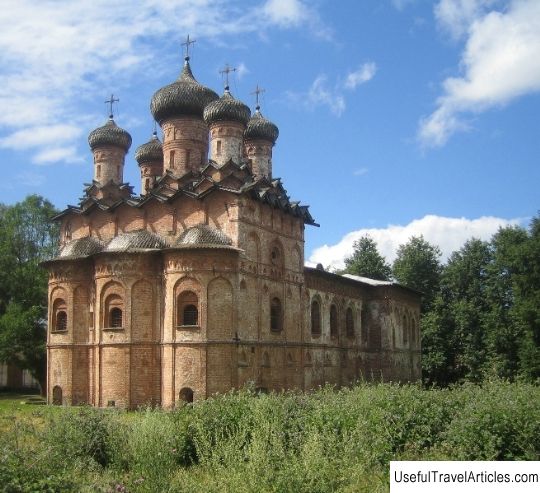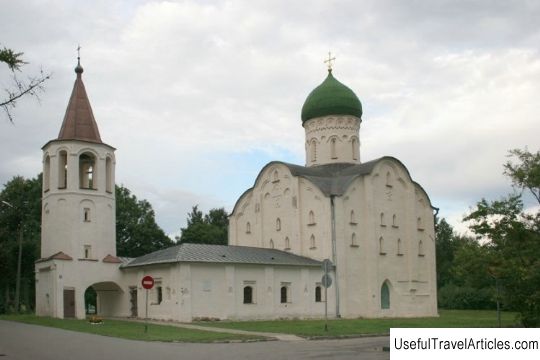Church of St. John the Evangelist on Vitka description and photos - Russia - North-West: Veliky Novgorod
Rating: 8,6/10 (2093 votes) 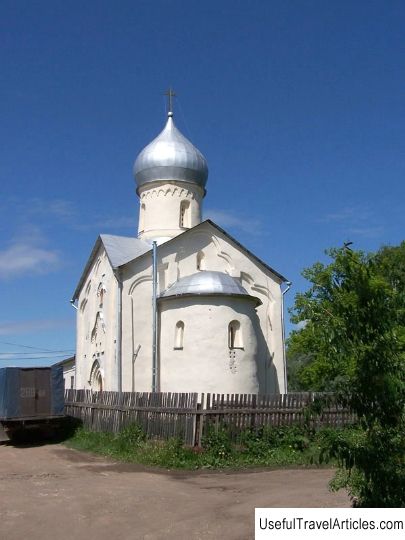
Church of St. John the Evangelist on Vitka description and photos - Russia - Northwest: Veliky Novgorod. Detailed information about the attraction. Description, photos and a map showing the nearest significant objects. Photo and descriptionThe Novgorod Church of the Apostle and Evangelist John the Theologian is located on a small hill on the right bank of the Volkhov River, behind the ring of the Okolny Gorod, north of the Temple of Boris and Gleb in Plotniki (160 m.), not far from the earthen medieval rampart. The building is a cross-domed type. Date of construction - 1383-1384 This monument of Novgorod architecture of the XIV century is quite well preserved. The temple meets all the requirements of the canon and at the same time has its inherent features. The main features of the classic Novgorod temple: medium size, three-nave, one-apse, with one head, almost square building with a base of about 8 x 11 m, with four pillars inside, with three entrances and narrow (Gothic features) windows. The naves of the central part are covered with box vaults. In the western temple wall there are choirs with an open stone staircase leading to them from the north-western corner of the temple. The Church of St. John the Evangelist had a great influence on the development of the architecture of Novgorod. The building reproduces the characteristic features of the architecture of Novgorod in the 2nd half of the XIV century. Decor is widely used here, preference is given to stone "inset" crosses. The simplicity inherent in the church is wisely combined with the found proportions. The ancient facades of the temple had three-bladed ends, after which they were replaced by an eight-pitched roof. In the 16th century, a narthex made of stone was added to the western part of the temple, and the chapel of the Assumption of the Mother of God was built in its southeastern corner. The dimensions of the arranged altar are 3.2 m by 2.5 m. The porches are not uncommon for the architecture of Novgorod. The vestibule is an entrance room for keeping the temple warm - a place where during the service those who were excommunicated from temple shrines for canonical violations should stand. In the 17th-18th centuries. an extension with a small belfry was built on the foundation of the vestibule. Today only a brick base has survived. The temple is known for the icon of good writing by the Apostle John the Theologian (there is a mention of it in the inventory of 1617 and the inventory of 1856, as located in the temple outside the iconostasis). During the restoration of the church in the middle of the 20th century, on the southern facade, a portal characteristic of the 14th century was opened and restored. In the past, the Church was assigned to a convent, the history of which, unfortunately, has not been preserved. In Soviet times, the church was used as a warehouse located near the boat station. The 1952 restoration opened and restored an ancient portal laid in the 19th century southern facade. The work carried out revealed a unique for Novgorod architectural composition of three windows and two narrow niches located between them. Over the course of several years, a number of restoration and restoration works were carried out. The outer sides of the walls of the church were restored, work was carried out around the entire perimeter of the base of the building, the refectory and the temple premises were repaired inside. During the work, when removing the late wall layers (XIX century), earlier layers with inscriptions and drawings of the Middle Ages were discovered. The old Russian traditional iconostasis has been partially recreated in the temple, in which the icons are not fixed in carpentry frames, but in the grooves of the beams fixed in the walls of the temple. The Church of St. John the Evangelist on Vitka in 2001 was transferred to the Novgorod community of the Russian Orthodox Church of the old rite. After a long break, the first service took place. During the year, the Novgorod community of the Russian Orthodox Church, observing the method of restoration, carried out extensive work to restore the temple at its own expense. The small and poor community of Novgorod accomplished a great feat. Significant merit of the careful attitude to the past of Veliky Novgorod belongs to Pankratov Alexander - the headman of the community, an icon-painting restorer, historian, archivist, author of several books. The church is currently an active Old Believer parish. This ancient church is very beautiful, especially when the rays of the sun, reflecting in the water, paint the walls in a pinkish-orange color,         We also recommend reading Local history museum in Houmt-Suk (Musee du patrimoine traditionnel, Houmt Souk) description and photos - Tunisia: Djerba Island Topic: Church of St. John the Evangelist on Vitka description and photos - Russia - North-West: Veliky Novgorod. |
